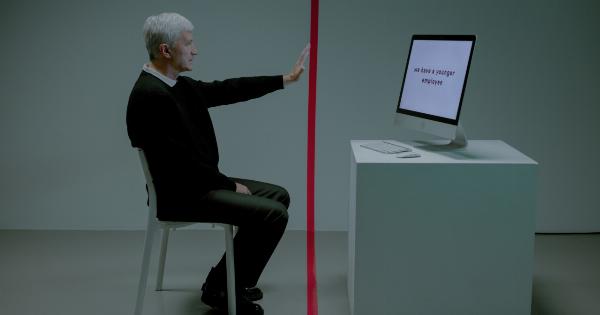Breakups are an inevitable part of life and can be incredibly challenging for both men and women. However, the way individuals cope with the aftermath of a breakup can vary greatly depending on their emotional makeup and societal expectations.
In this article, we will delve into the differences in how men and women cope with breakup, shedding light on their distinct emotional journeys and highlighting common coping strategies for each gender.
1. The Initial Reaction: Shock and Denial
Regardless of gender, the immediate aftermath of a breakup tends to be characterized by shock and denial. Both men and women often experience a sense of disbelief and struggle to process the sudden end of a relationship.
This initial stage can be overwhelming, with emotions ranging from confusion to frustration.
2. Expressing Emotions: Crying vs. Stoicism
When it comes to expressing emotions, societal norms often play a significant role. Women are generally encouraged to openly express their feelings, including crying and seeking support from friends and family.
On the other hand, men are frequently conditioned to adopt a more stoic approach, suppressing their emotions and putting on a brave face. Consequently, women may find solace in shared experiences and emotional release, while men tend to internalize their pain.
3. Seeking Support: Talking vs. Solitude
In times of distress, women often turn to their trusted circle of friends and family for support. They find solace in talking about their feelings, dissecting their relationship to gain clarity, and seeking advice on moving forward.
Men, however, may prefer solitude during this phase. They may retreat and spend time alone, reflecting on the breakup and attempting to process their emotions internally.
4. Navigating Experiences: Rebounding vs. Self-Reflection
When it comes to navigating life post-breakup, men and women often follow different paths. Women tend to be more open to rebound relationships, seeking emotional connection and validation from new partners.
These relationships can serve as a distraction and help rebuild their self-esteem. On the other hand, men may choose to focus on self-reflection and personal growth. They may take this time to reassess their life goals and prioritize their own well-being before entering into new relationships.
5. Dealing with Pain: Avoidance vs. Confrontation
Dealing with pain is a complex process, and individuals cope in diverse ways. Women often opt for confrontation, actively facing their pain and processing it head-on.
They may engage in therapeutic activities such as journaling or seeking professional help to work through their emotions. In contrast, men may lean toward avoidance as a coping mechanism. They may distract themselves by immersing in work, hobbies, or other activities to escape the pain temporarily.
6. Healing and Closure: Time vs. Action
Healing and finding closure varies greatly between men and women. Women often give themselves time to heal, allowing themselves to feel the pain fully before moving on. They may focus on personal growth, self-care, and self-discovery during this process.
On the other hand, men tend to seek closure through action. They may feel the need to physically do something – such as embarking on new adventures, traveling, or making drastic changes in their lives – to mark the end of the chapter and find closure.
7. Returning to Dating: Emotional Availability vs. Performance
Returning to the dating world after a breakup is a significant step for both men and women. Women often prioritize emotional availability, seeking partners who can offer a deep emotional connection and understand their needs.
They are more likely to take their time to ensure the next relationship is built on a solid emotional foundation. In contrast, men may prioritize performance and showcasing their desirability in the dating sphere. They may strive to prove their worth and attractiveness to boost their confidence.
8. The Role of Social Support: Empathy vs. Action
Social support is crucial during the aftermath of a breakup, and the type of support needed can differ between men and women. Women often benefit from empathetic support, receiving validation for their emotions and experiences.
Friends and family play a significant role in lending a listening ear and providing comfort. In contrast, men may prefer action-oriented support. They appreciate practical advice, solutions, and a sense of physical presence to lean on, rather than purely emotional support.
9. Returning to Self: Reinvention vs. Rediscovery
Rebuilding one’s identity after a breakup is an essential part of the healing process. Women often embark on a journey of self-reinvention, exploring new hobbies, interests, or even changing their appearance.
They use this as an opportunity to redefine themselves and form a new identity independent of their previous relationship. Men, however, may focus on rediscovering their authentic selves. They may reflect on their core values, beliefs, and personal aspirations, striving to reconnect with their true essence.
10. Long-Term Impact: Emotional Baggage vs. Personal Growth
The aftermath of a breakup can have long-term effects on individuals, shaping their emotional well-being and future relationships. Women may carry emotional baggage from past relationships, leading to caution and hesitancy in future romantic endeavors.
However, they often emerge from breakups with a deeper sense of self-awareness and personal growth. Conversely, men may appear less affected on the surface, but the impact can manifest in their ability to trust and fully open up in future relationships.





























